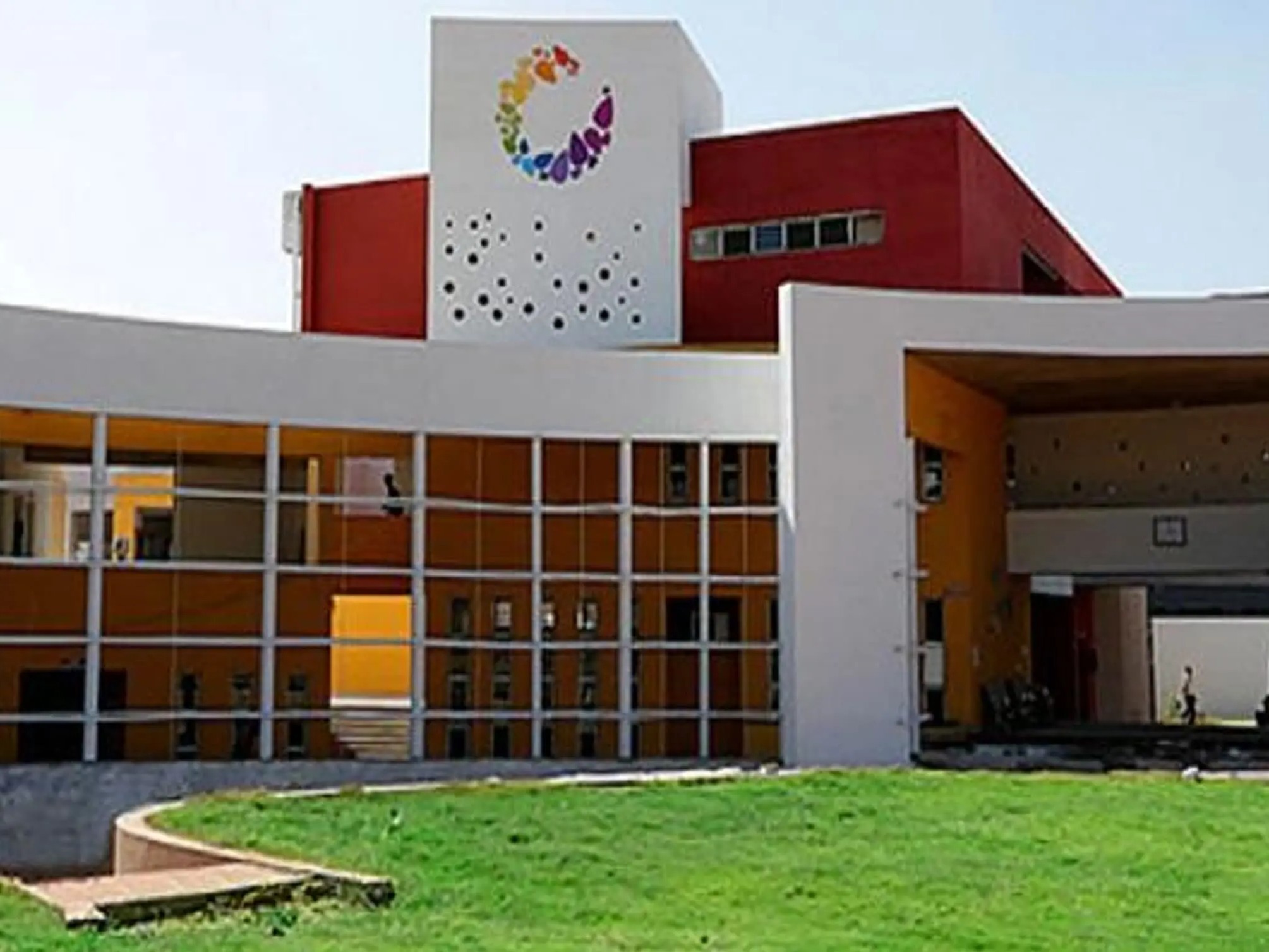What kind of work do snow scientists do?
We (at the DRDO) have scientists joining us mainly with a physics background. Physicists try to understand snow material, and define its properties and material behaviour under different thermodynamic conditions. Global warming is a larger issue, where a multi-disciplinary approach is required to understand the problem and seek solutions. The subject is of interest to physicists as well as to atmospheric scientists (who are also most of the time physicists).
Melting glaciers are the result of warming, which is generally investigated by physicists, climatologists, atmospheric scientists as well as glaciologists.
Scientists who are experts in all these disciplines are in our establishment.
You have avalanche experts at the SASE. What are their basic responsibilities?
The role of avalanche experts in our establishment falls under four broad categories. The basic science – as I mentioned before – is about understanding snow material and its properties and its behaviour under different conditions. The second set of people develop avalanche prediction models using different approaches; statistical, deterministic, etc. Snow physicists help this group in deterministic model development. These people have a background in mathematics, geology, computer science. People with expertise in atmospheric science help in developing accurate mountain weather prediction models, which is a key input in the development of the avalanche prediction model.
The third group of scientists seek to develop different permanent avalanche control schemes. They design and test different avalanche protection designs that can be implemented on ground to protect any facility from avalanches. They are generally civil engineers. However, they are supported by mechanical engineers as well as physicists who attempt to develop robust avalanche dynamics model for calculation of various forces that come on different types of avalanche control structures.
The last category includes scientists from different disciplines who help the above-mentioned three groups in various tasks. For example electronics and communication engineers help in the development and maintenance of various instruments for use in snow studies. Computer scientists help in model development. Remote sensing scientists help in collecting various types of terrain and atmospheric data for use in snow studies using remote sensing techniques. Another group of people impart training on avalanche safety and rescue methods to troops deployed in snowbound, avalanche-prone areas.
Frequently Asked Questions
Sorem ipsum dolor sit amet consectur adipiscing elit sed eius mod nt labore dolore magna aliquaenim ad minim sorem ipsum dolor sit amet consectur adipiscing elit sed eius modam.
Sorem ipsum dolor sit amet consectur adipiscing elit sed eius mod nt labore dolore magna aliquaenim ad minim sorem ipsum dolor sit amet consectur adipiscing elit sed eius modam.


